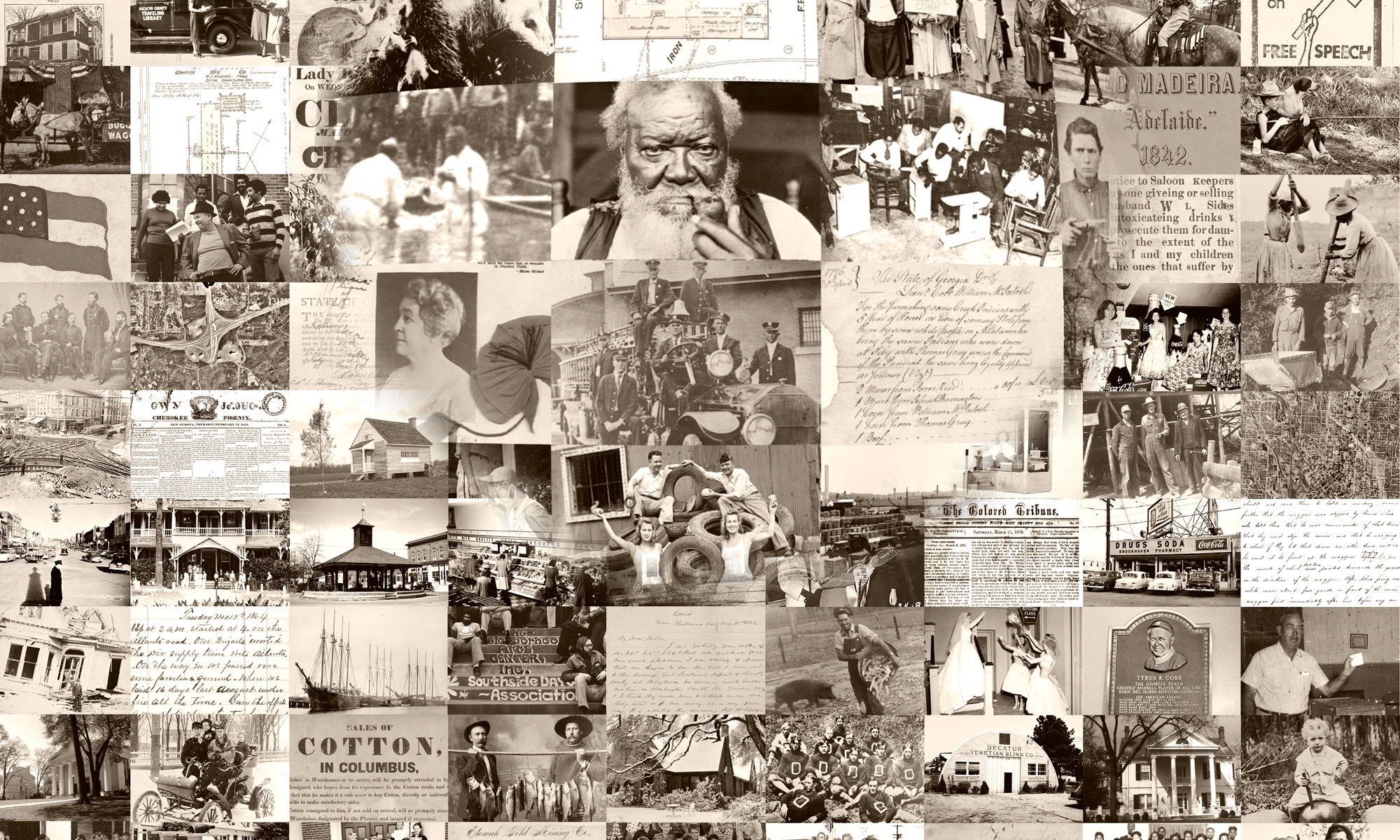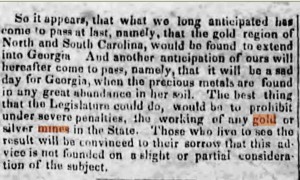Southern secession from the United States was not a foregone conclusion with the election of Abraham Lincoln as president on November 6, 1860. The state had already endured previous secession crises, most notably in 1850. The Compromise of 1850 averted secession for a decade, as did the state’s issuance of the Georgia Platform, which affirmed Georgia’s commitment to the Union, with the insistence that Southern rights remained protected. With Lincoln’s election, however, Southerners who wished to extend slavery into new territories and enforce the Fugitive Slave Law felt once again that their rights and values were under threat. Lincoln was openly hostile to slavery, and insisted it should not be allowed to expand (though he had also insisted that he had no right or intention to interfere with it where it currently existed). To many Southerners, his victory signified that the only recourse to protecting their rights was to secede. But many others still believed compromise was possible, and wanted to wait and see what Lincoln would do once he took office before making any decisions on leaving the Union.
The debate over secession took place on many fronts–both in politics and in the press. The Georgia legislature, then in session in Milledgeville, hosted a series of speeches in the evenings presenting both sides of the secession controversy. A similar, albeit less wordy and formal, debate took place in the Athens, Georgia press during the time between Lincoln’s election and Georgia’s secession. The city’s Southern Banner advocated immediate secession, while the Southern Watchman took a more conservative wait-and-see approach. The debate began shortly after the election; the Watchman urged its readers to “Keep Cool,” while the Banner argued that “Delay is Submission.”
The debate continued with some name quoting; the Watchman printed editorials using the terms “Precipitators” and “Submissionists,” and insisted that those who wanted to wait (like themselves) were not submitting to anything. The Banner responded by insisting that they were not being “rash” by wanting to escape a falling house, and and equated the circumspection of those who wanted to “be calm” with staying in a burning house.
The editors of the Southern Watchman weren’t the only people who believed in a cautious approach; one of the most vocal and eloquent proponents for this policy was the man who would become vice president of the Confederate States of America, Georgia native Alexander Stephens. The Watchman praised an argument he raised against immediate secession in a Milledgeville speech; their editors agreed that such action should be considered only as a “last resort.” The Banner, on the other hand, printed a special issue with a lengthy argument advocating secession; the introduction mentioned the ominous term “Civil war.”
The two newspapers used similar wording in the titles of two mid-December editorials, but with very different meanings. The Watchman reported that the movement to cooperate within the Union was gaining strength, while the Banner rallied for secessionists to vote in an election that would send delegates to Georgia’s state convention on January 16, 1861, where secession would be deliberated.
The first state to secede from the Union was South Carolina, on December 20, 1860. Response to this momentous event was different in the two Athens newspapers. The Watchman reported the information more objectively as a news event; the same issue also included an editorial piece rejecting accusations of submission to Northern enemies. The Banner, on the other hand, reported enthusiastically about a “Great Secession Jubilee” after South Carolina’s news reached Athens.
As the year 1861 dawned, Georgia elected its delegates for the state convention which would consider the matter of secession. The Banner reported with glee when secessionists won the local elections, opining that Clarke county had “covered herself in glory.” The Watchman countered with a lengthy piece which argued that disaster was hovering over the entire country.
As Georgia’s secession convention met on January 16, 1861, the two Athens newspapers again expressed differing viewpoints. The Watchman acknowledged that secession was likely, but felt “gloomy” about the nation’s prospects. The Banner‘s response was just the opposite; their editors rejoiced in the prediction that Georgia would soon be out of the Union, along with all the other slave states to follow.
Three days later, Georgia adopted an Ordinance of Secession on January 19, 1861.
For more articles like these, and many covering other subjects, visit the Athens Historic Newspapers Archive.
For more on the events leading to secession, and the Civil War in Georgia, visit This Week in Georgia Civil War History.





















